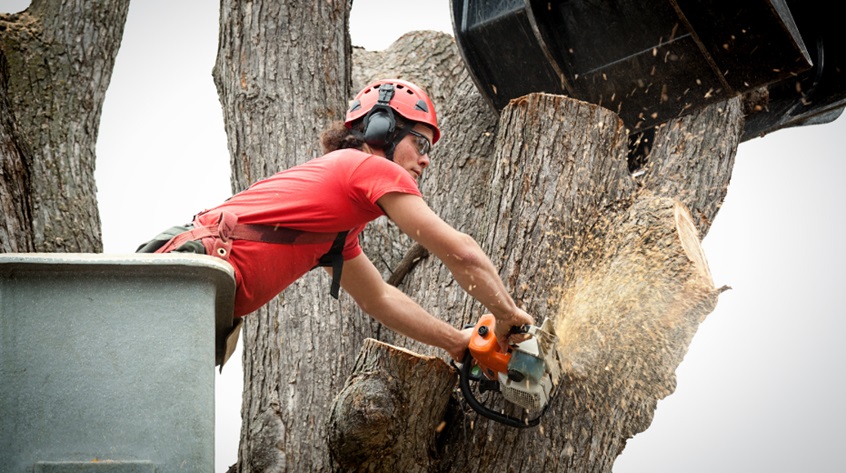Trees offer many benefits, such as enhancing curb appeal, providing shade, and improving air quality. However, there are times when tree removal is necessary. It’s important to recognize the signs that indicate it’s time for removal in order to maintain a safe and attractive landscape. In Johns Creek, tree removal services can help address tree-related concerns.
Visible Signs of Damage
One of the most obvious indicators that a tree needs to be removed is visible damage. This can include cracks in the trunk, large branches that are falling off, or a tree that is leaning at an angle. Such conditions pose significant risks to nearby structures or people. If your tree shows signs of significant structural damage, it’s important to consult with professionals to determine the best course of action.
Tree is Diseased
A tree affected by disease is not only a threat to itself but also to surrounding vegetation. Diseases often manifest through dead branches, discolored leaves, or peeling bark. While some diseases can be treated, others may require full removal of the tree to prevent further spread. Understanding the optimal season for tree removal can also be helpful in making this decision, as timing plays a role in minimizing the impact on your landscape.
Root Damage
Healthy roots are essential for a tree’s stability. If roots are exposed or damaged due to construction, erosion, or other factors, the stability of the tree can be compromised, posing a potential hazard. Root damage can also affect nearby plants, driveways, and structures. In such cases, it’s often best to remove the tree before it causes more harm to your property.
The tree is Overgrown or Encroaching
A tree that is growing too close to a house, power lines, or other structures may need to be trimmed or removed. Overgrown trees can cause damage to roofs, windows, and foundations. Additionally, they may block sunlight or air circulation, negatively affecting the surrounding landscape. Removing an overgrown tree not only improves the aesthetics but also reduces the risk of property damage.
The tree is Dead or Dying
One of the clearest signs that it’s time for tree removal is when the tree is dead or showing clear signs of dying. Dead trees can quickly become a hazard as they are more prone to breaking and falling. If the tree no longer shows signs of life—such as missing leaves, brittle branches, or fungal growth—it may be time to call in the experts. Learn more about what to expect during a tree removal process to prepare for this undertaking.
Conclusion
Knowing when to remove a tree can save you from potential damage and costly repairs. While trees provide beauty and shade, there are times when removal becomes the only viable solution. Monitoring for signs like structural damage, disease, root issues, and overgrowth can help you make informed decisions. Always consult with professionals to ensure the process is done safely and effectively.
Frequently Asked Questions
How can I tell if my tree is diseased or just stressed?
A diseased tree often shows symptoms like peeling bark, fungal growth, or dead branches, while a stressed tree might just be shedding leaves or having slower growth. It’s best to get a professional opinion if you’re unsure.
Will tree removal damage my landscape?
With proper planning and professional help, tree removal can be done with minimal impact on your landscape. Opting for removal during the right season can also help preserve surrounding plants.
Can a tree that is leaning be saved, or does it need to be removed?
A tree that is leaning due to storm damage or root issues may need to be removed. However, if caught early, some trees can be supported and saved. Always consult with a tree expert to determine the best option.

